It took 5 years, and the Forbidden City of Hong Kong finally came!
Author:One Time:2022.07.01
The Hong Kong Forbidden City will be officially open tomorrow,
It was built for 5 years,
It cost about HK $ 3.5 billion.
A total of 914 cultural relics went to Hong Kong,
These include 166 national treasure -level first -class cultural relics,
This is since the establishment of the Palace Museum in 1925,
One of the largest borrowings,
So that no insurance company dares to receive orders.
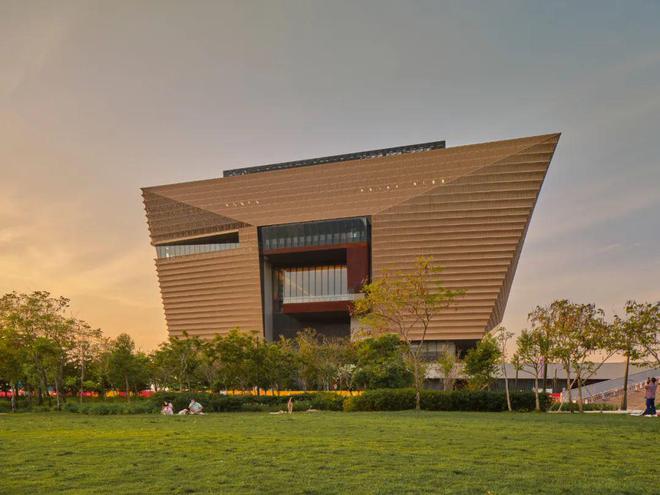

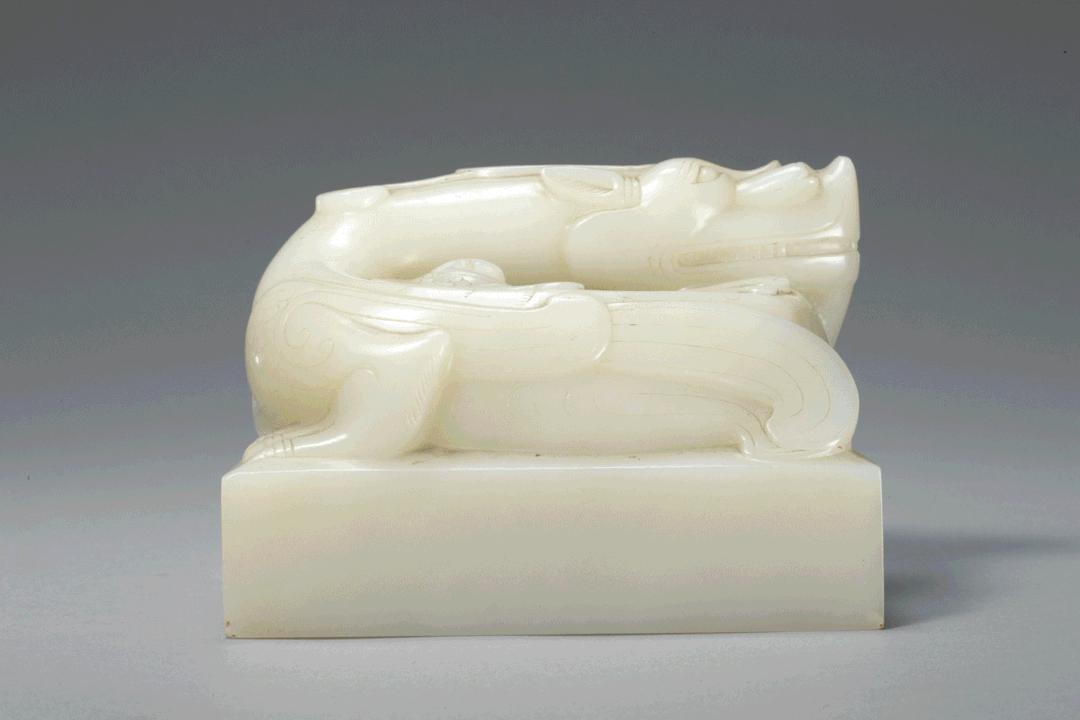
The architecture is designed by the local architect of Hong Kong, Yan Xunqi,
The appearance is wide and narrow, like ancient Chinese utensils,
However, it was evaluated as "dare to compliment" before it was open,
And the cultural relics that come from thousands of miles,
Some people think that it is "not exciting enough."
The highly anticipated but controversial Hong Kong Forbidden City,
What exactly is there?
We have collected 40 groups of key exhibits,
And connect to the curator Wu Zhihua,
From cultural relics to architectural design, one by one.
Edit: Tan Yibai
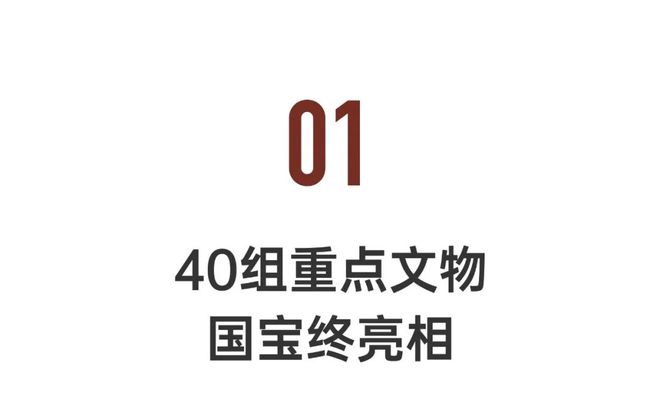
Starting from mid -May, a group of cultural relics have embarked on the "trip to the south" and were transported from the Beijing Palace Museum to the Forbidden City of Hong Kong.
914 precious cultural relics are "one thousand miles", and many of them have never showed the public before. In the words of the 9th exhibition hall, in the words of the curator Wu Zhihua, "great ambitions", the major categories covering the collections of the Palace Museum, including painting, bronze, ceramics, jade, seal seals, weaving embroidery, sculpture, book classics, ancient buildings, etc.
The exhibition time does not wait for three months to one year. Because of the difficulty of preservation, some exhibits need to be calculated strictly according to the number of days. How many days of the transportation process and how many days can be exhibited, it is necessary to plan accurately. After this exhibition, some cultural relics exhibits have to return to the Palace Museum for "dormant" for several years.
No. 1 exhibition hall Forbidden Vientiane
Using 179 Forbidden City Collection introduced the Qing Dynasty Forbidden City.
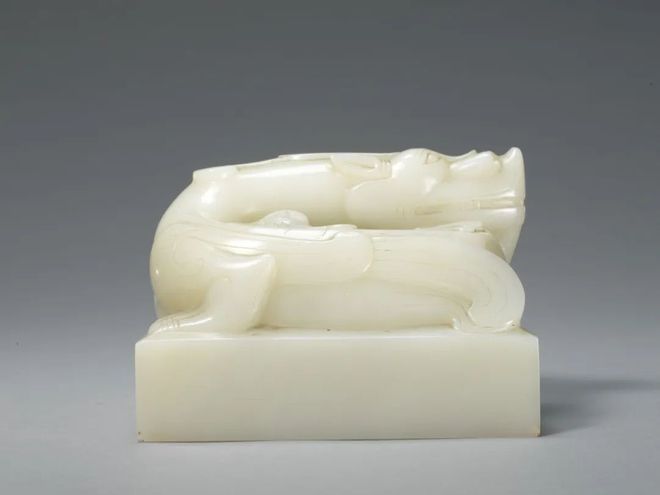
The treasure of the Qing Dynasty, Chongde (1636-143) of the Qing Dynasty (1636—43)
This is among the 25 seals compiled by Emperor Qianlong himself, ranking first in the ranking, only 3 months.
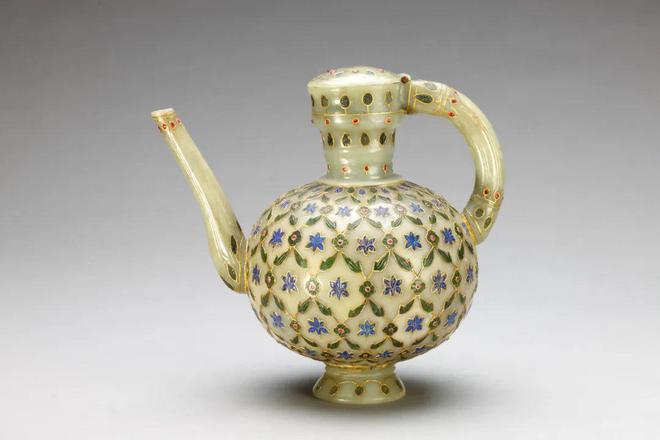
Stop the pot, the Mughar Empire, the Eighteenth Century Palace Museum

Voly voice machine, the Republic of China, the Palace Museum in the early 20th century
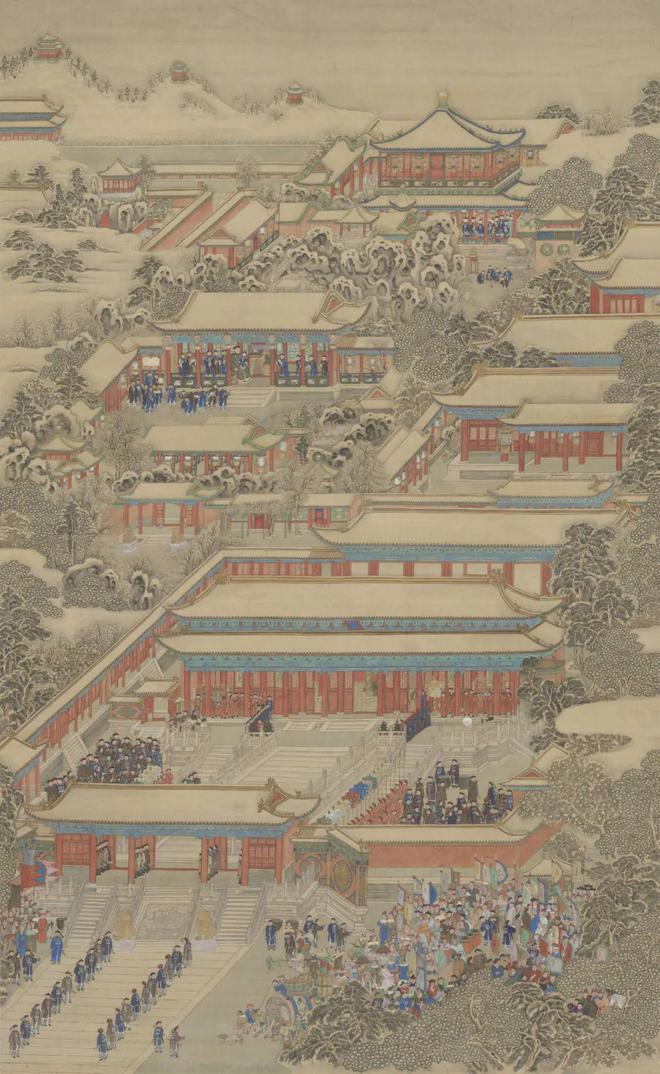
"Map of the Kingdom of the Kingdom", Qianlong of the Qing Dynasty (1736-195) © Palace Museum
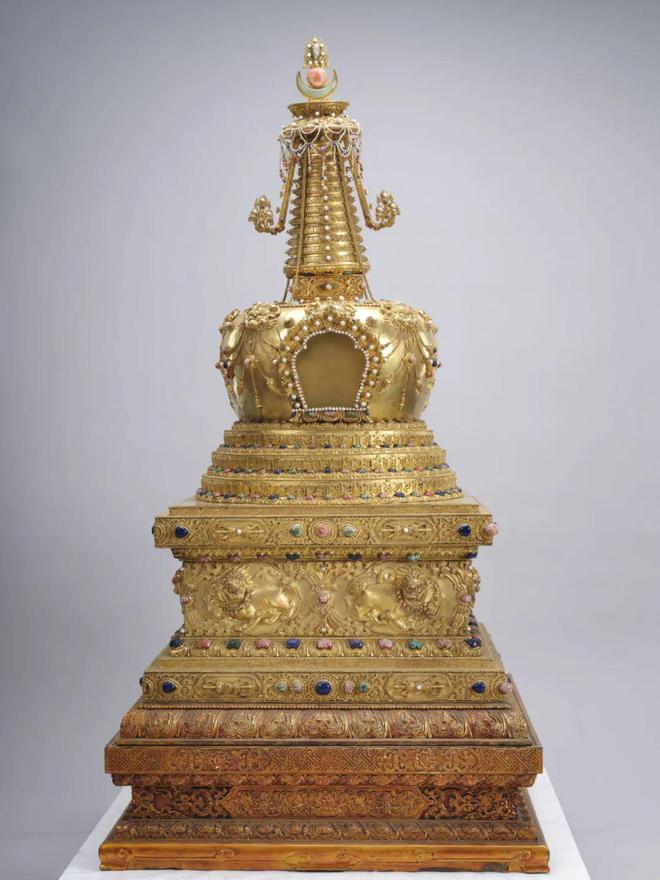
Pagoda, Qing Palace Internal Affairs Office, 11 years of Qianlong in the Qing Dynasty (1746)
Palace Museum
Treasure of the State of the 8th Exhibition Hall
This exhibition hall brings together 30 classic masterpieces in the history of Chinese calligraphy and painting,
All are national first -class cultural relics,
Among them, some of them are despairies for painters and painters.

"Luo Shen Fu Tu" (Northern Song Dynasty copy), Gu Kaizhi, the Northern Song Dynasty
Palace Museum
The national first -class cultural relics "Luo Shen Fu Tu" was originally written by Gu Kaizhi, a big painter in the Eastern Jin Dynasty, based on Cao Zhi's "Luo Shen Fu", but quickly lost. Although it is a copy, it is also quite precious. It was designated as "Luo Shen's first volume" by Qianlong and treasured it in the royal study. Even in the Forbidden City of Beijing, it rarely exhibits external exhibitions.

"The Book of Research on the Mountains", Mi Yan, the Northern Song Dynasty
Palace Museum
The book "Research Mountains" by the famous calligraphy and painters of the Northern Song Dynasty, Mi Yan, was collected by Song Gaozong. After flowing out of the royal family, modern times turned to Japan. It was not until 2002 that the State Administration of Cultural Relics bid for this work for 29.99 million yuan, and it came to the Palace Museum.
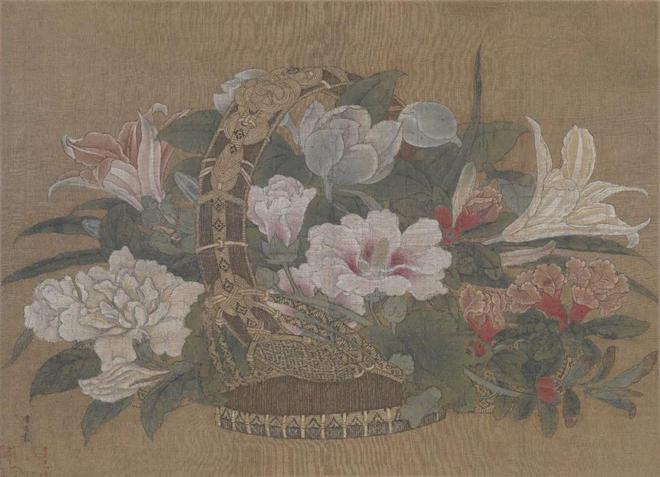
"Flower Basket Picture", Li Song, the Southern Song Dynasty
Palace Museum
During the Song Dynasty, the status of flower painting gradually increased, and the number of court painters participated in the number of flower painting themes. This is the rare handed down flowers and paintings of Li Song, a painter of the Southern Song Dynasty Painting Academy. There should be four pieces, and there are only three.
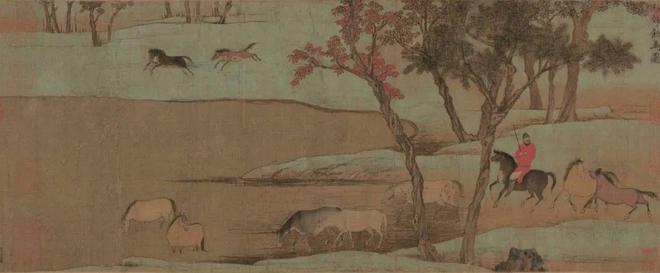
"Autumn Suburious Drinking Horse Map", Zhao Mengfu, Yuan
Palace Museum
This work was painted when Zhao Mengfu was 59 years old. It combined the classic saddle and horse painting and green landscape of the Tang Dynasty. He was later included in the Qing Palace. He was brought to the outside of the palace in the 1920s. He was discovered in the old house of Puyi in Tianjin in 1946. He was accepted by the Palace Museum later.

After the book rain post (Song Ling copy), Wang Xizhi, the Northern Song Dynasty to the beginning of the Southern Song Dynasty
Palace Museum
Wang Xizhi's true traces have no longer existed, leaving only the subsequent copy of the post and the engraving.
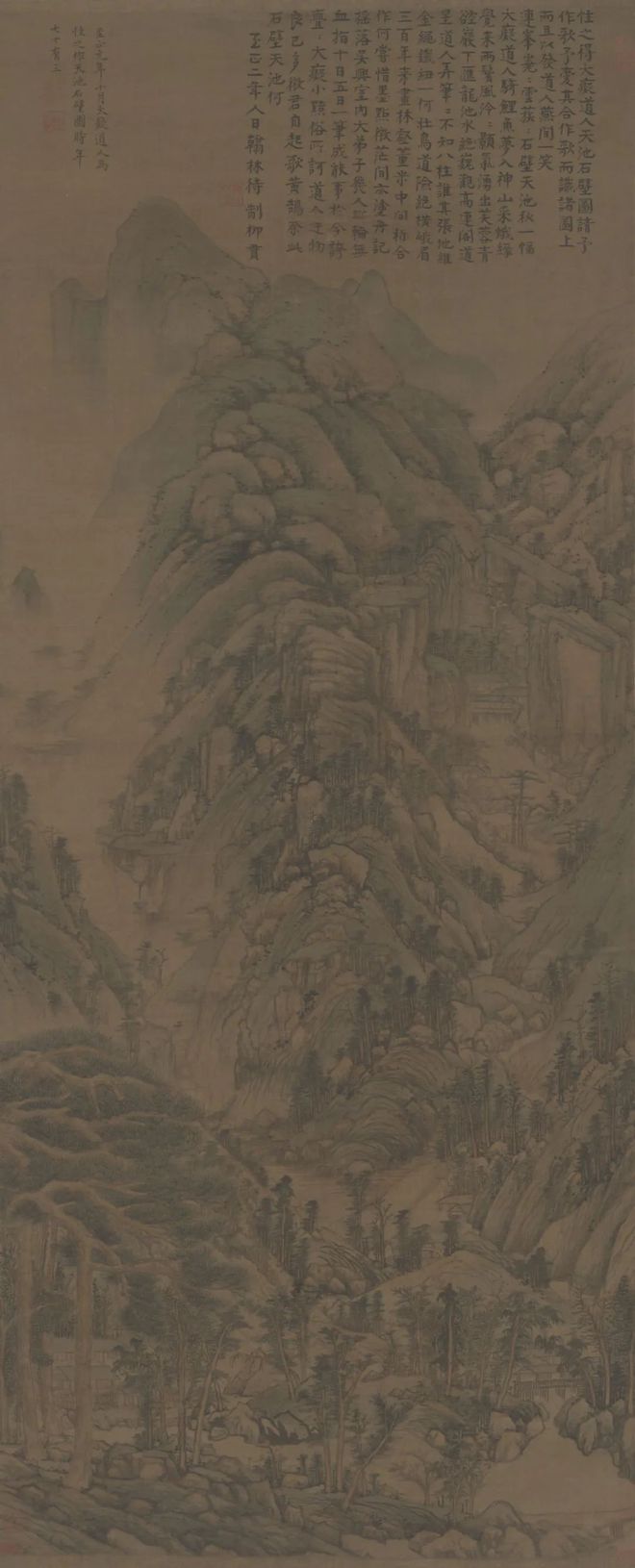
"Tianchi Stone Wall Picture", Huang Gongwang, Yuan
Palace Museum
This work comes from Huang Gongwang, the head of the "Four Meng Four". In 1958, the musician Shen Zhongzhang donated the country and returned to the Palace Museum later.
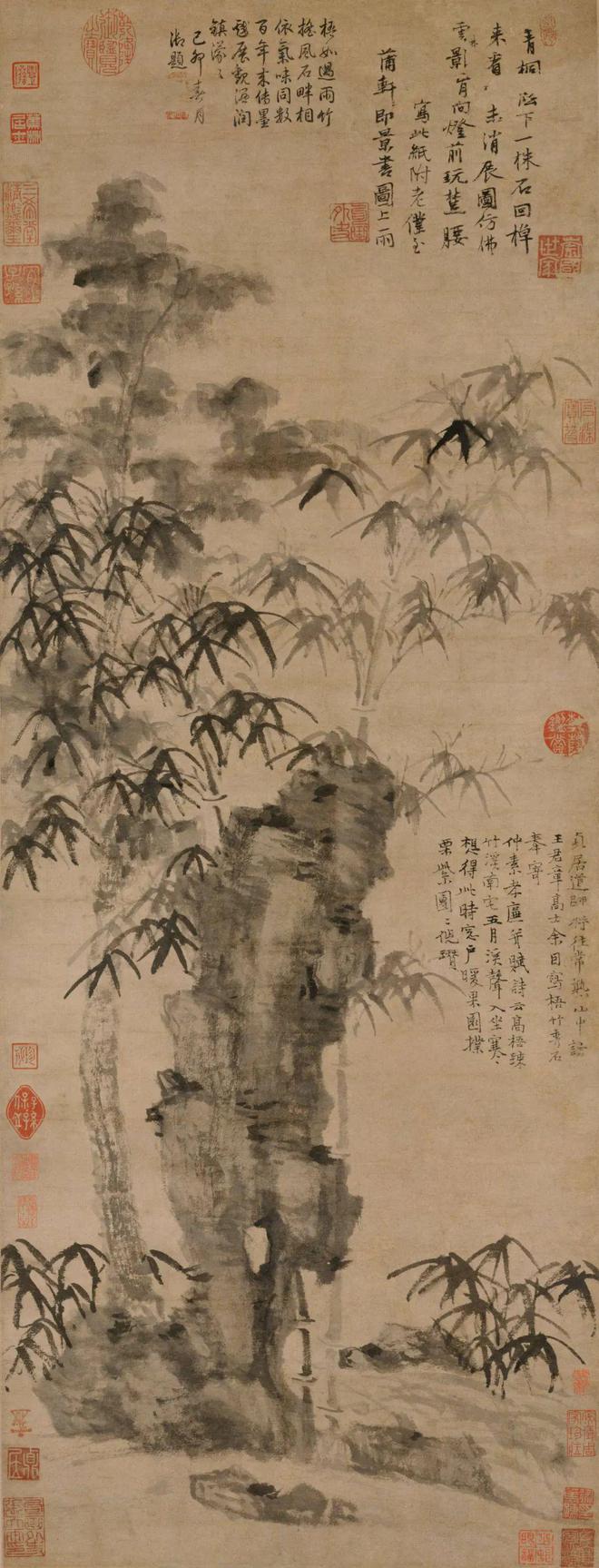
"Wuzhu Show Stone Map", Ni Yan, Yuan
Palace Museum
No. 2 exhibition hall for Forbidden one day
More than 300 cultural relics, combined with literature records,
Showing the characters in the palace, living, governing the country, governing the country,
Respect the heavens and the gods, family love and other scenes, etc.
Show the life of the Forbidden City in the eighteenth century.
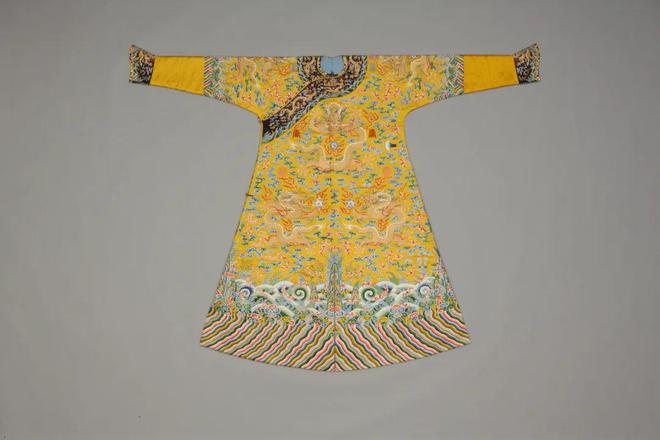
Caiyun Bat Sushi Character Golden Dragon Robe, the Palace Museum of Qianlong Qianlong

Qingren Painting Vocational Gongtu Volume (Volume 1) © Palace Museum
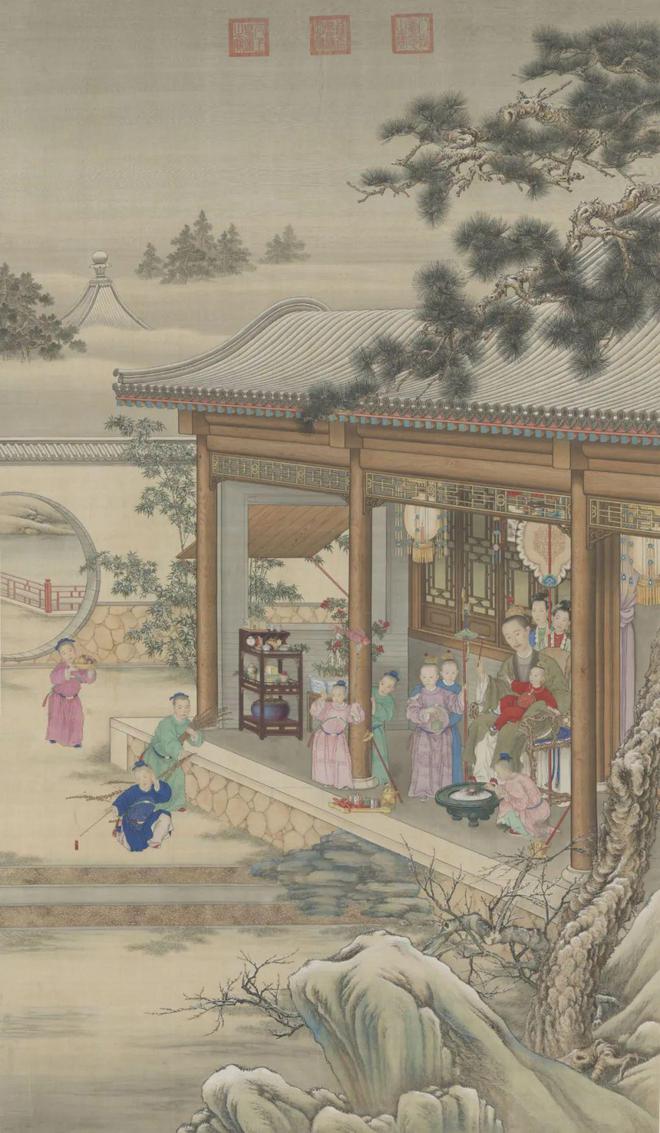
"Emperor Qianlong, the Daixingle Map", Lang Shining,
In the first year of the Qianlong of the Qing Dynasty to three years (1736–1738), the Palace Museum
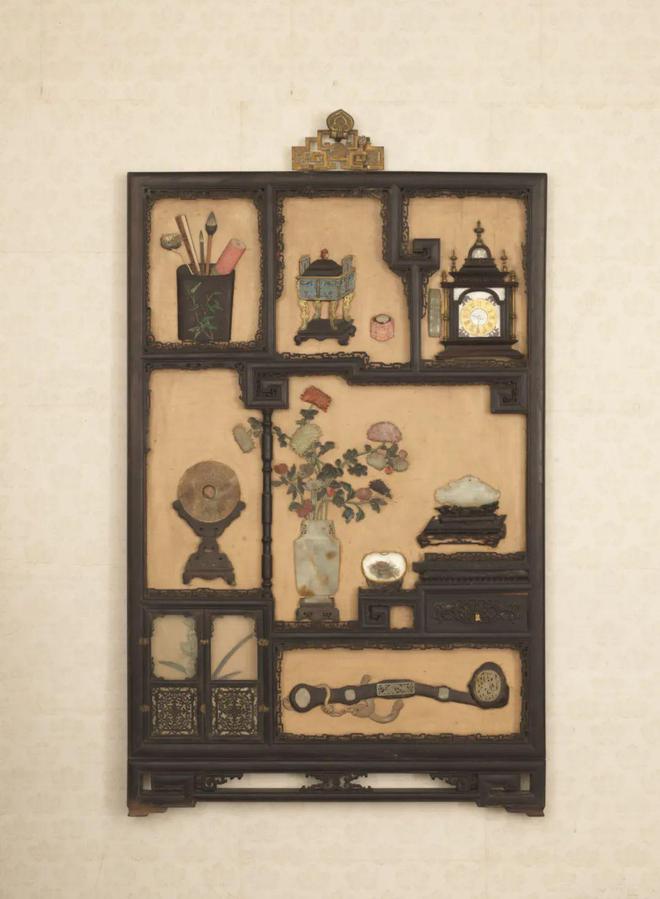
Bogu Tu hangs a pair of screens, the Palace Museum of Qianlong Qianlong
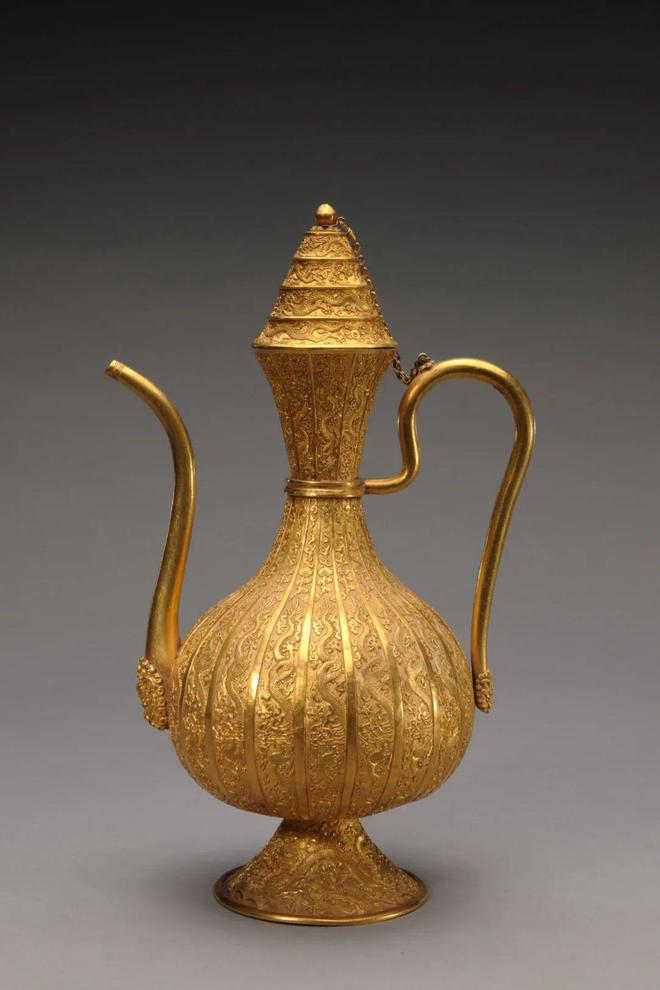
Yunlong pattern holding pot, Qing Qianlong Palace Palace Museum
When a family banquet and ancestral banquet on New Year's Day and New Year's Day, the emperor would use the golden ladylike cloud dragon pattern to hold the pot. Gold wares are suitable for drinking hot wine in winter.
The 3rd exhibition hall is a device
This exhibition hall is the epitome of the history of Chinese ceramics,
169 exhibits are boutiques in each era, of which 66 are first -class cultural relics.
Light sky green glaze pen washing, Ru kiln in Henan, the Palace Museum of the Northern Song Dynasty

There are only a hundred pieces of the survival of Ru kiln porcelain, such as rare.
Various glazed chrysanthemums, Royal Kiln, Jingde Town, Jiangxi, Palace Museum of the Palace of Yongzheng in the Qing Dynasty
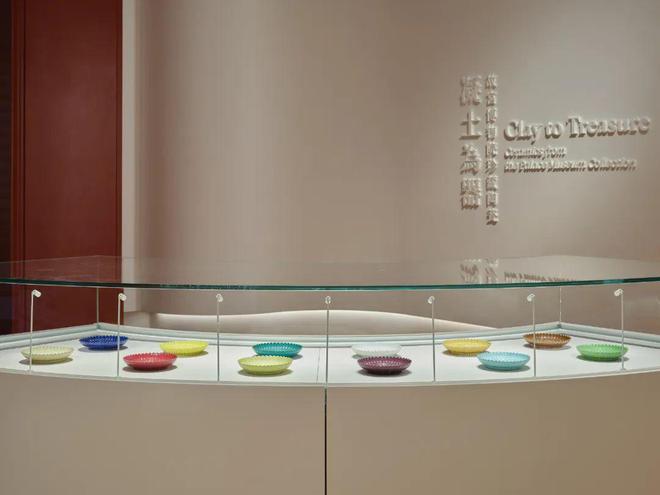
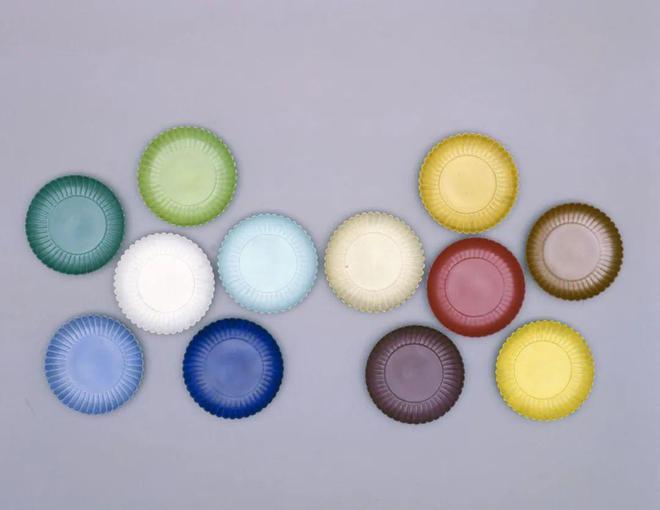
In the eleventh year of Yongzheng (1733), the emperor had ordered 40 sets of chrysanthemum porcelain plates in Jingdezhen Royal Kiln in Jingdezhen, Jiangxi. At present, most of them have been lost. The relics have become more precious.
White glaze child pillow, Dingyao, Hebei, the Palace Museum of the Northern Song Dynasty

This is the most famous ceramic collection in the Forbidden City, and similar handed down products are extremely rare.
Blue and white dragon wearing pattern flat pots, Royal Kiln, Jingde Town, Jiangxi, Ming Yongle

Palace Museum
This pot is imitated with utensils in the Middle East. The bottle is painted with the cobalt material imported from the Middle East. Dragons shuttle between flowers, reflecting the exchanges between the Ming Dynasty and the Islamic world.
Folding rouge purple enamel color folding branch lotus pattern bottle

The Royal Kiln and Qing Palace Creation Office of Jingdezhen, Jiangxi, Qing Kangxi
Palace Museum
This folding lotus pattern bottle is unique and is the boutique in the Qing Dynasty enamel porcelain boutique.
No. 4 exhibition hall Long Yan Fengzi
There are 8 pieces in this exhibition hall
The emperor's sacrifice dictators and paintings of the emperor of the Qing Dynasty.
Not only explore the changes and creative process of painting works,
It also revealed that Chaojun as the cultural product of the court
The Confucian ritual law, life trajectory and sacrifice ritual.
(Before and after sliding are:

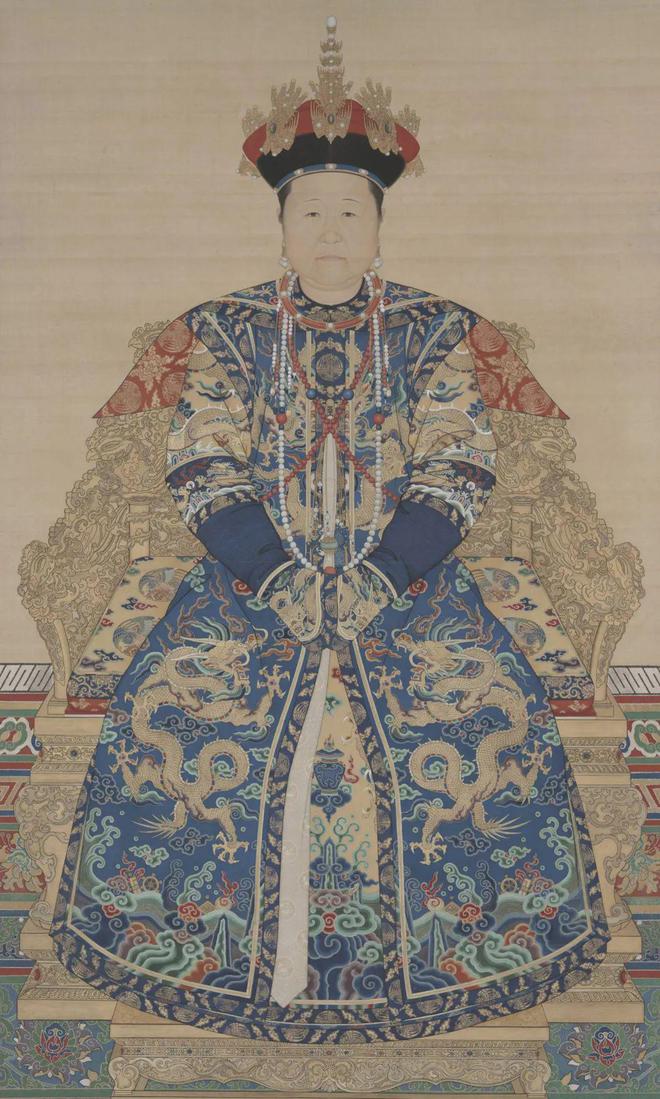
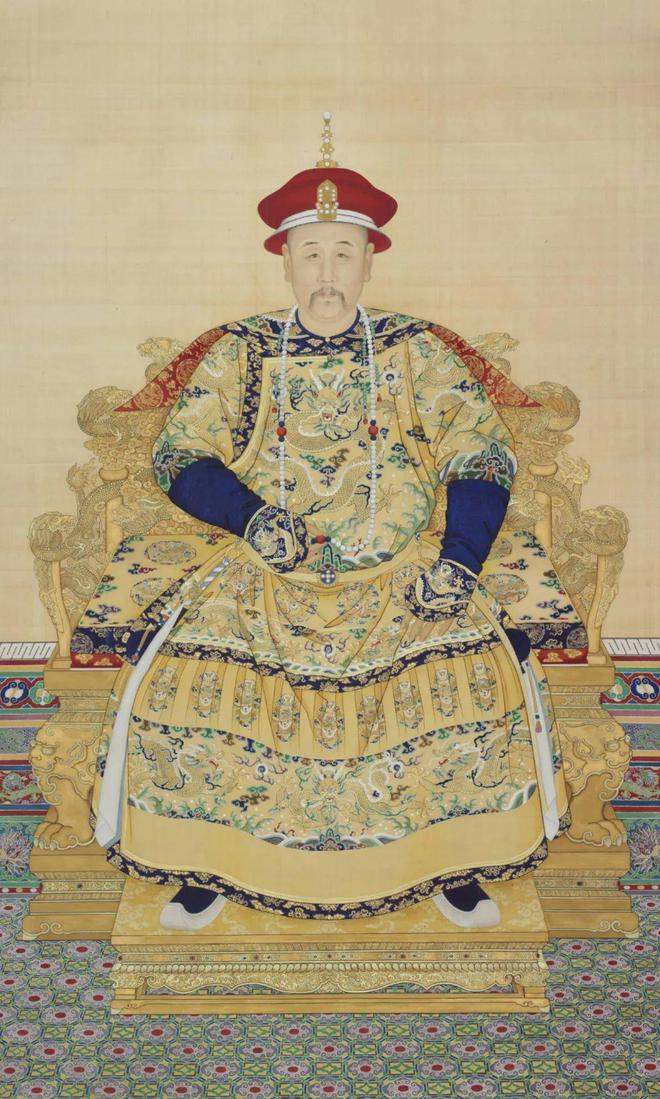
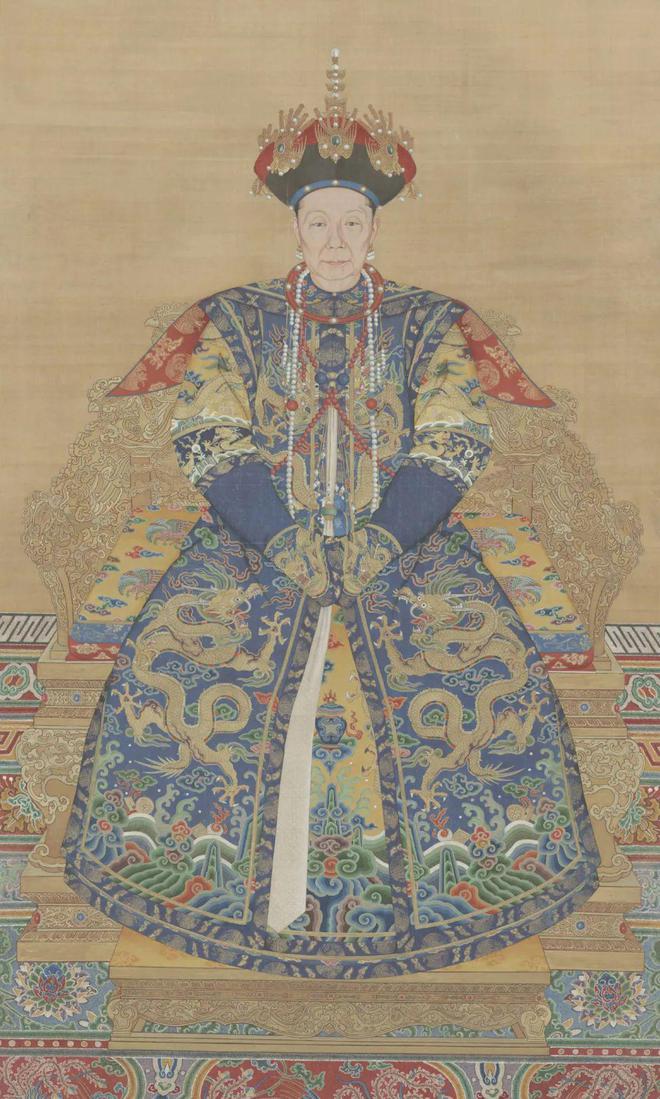
Emperor Taizongwen (Emperor Tai Chi) Chao Chao, Empress Xiaozhuang Wen, the statue of the court,
Emperor Shizong's Emperor (Yongzheng) DPRK, the Empress of the Filial Paintings Empress Dowager
Palace Museum
The fifth exhibition hall is only new
There are 90 craft treasures here,
With three perspectives with design, production and use,
To interpret the artistic value of traditional Chinese craftsmanship.
Qianlong style enamel eight -edged landscape landscape and birds, birds, and bird maps, Qing Qianlong Qinglong
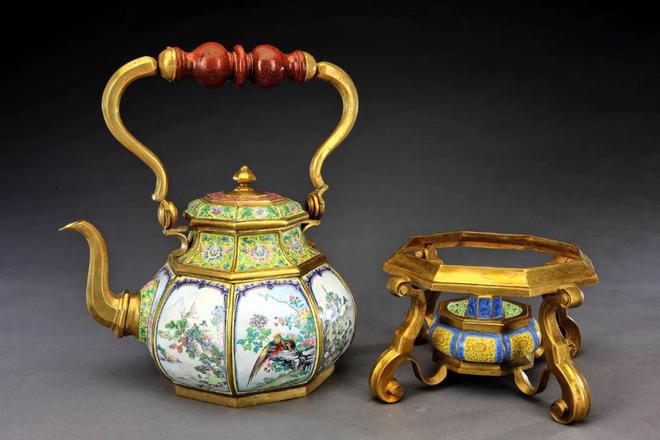
Palace Museum
The pot body uses copper as the body, plated on the surface, and then decorated with enamel. It is designed with Chinese and Western elements, and is equipped with small oil tanks for fuel to ignite heating.
Qianlong model Tongyin Lady Tu Shanzi, Suzhou
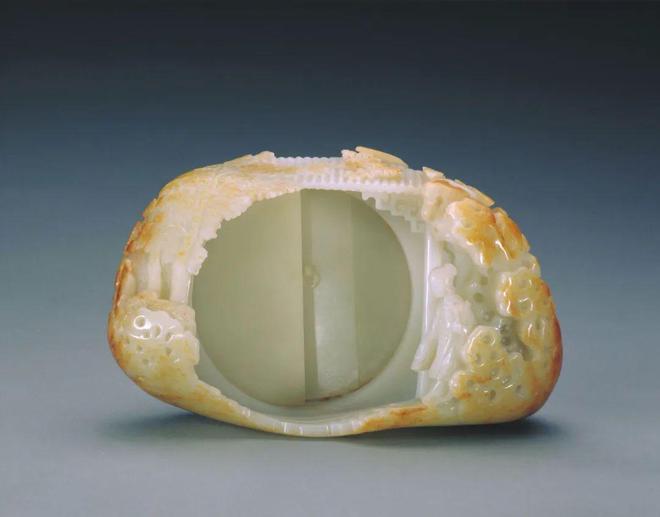
Qianlong of the Qing Dynasty (1736–73) The Palace Museum
Shanzi is a common furnishings in the study. The bottom of this mountain is Qianlong's knowledge and poems, and the middle part has been dug out to make a bowl. But a named Suzhou jade worker redesigned the original abandoned jade material and changed the dug round hole to the moon gate of the Tongyin. The craftsmanship of Qiaolong.
Clear red lacquer water fairy pattern plate, Yuanzhang Palace Museum
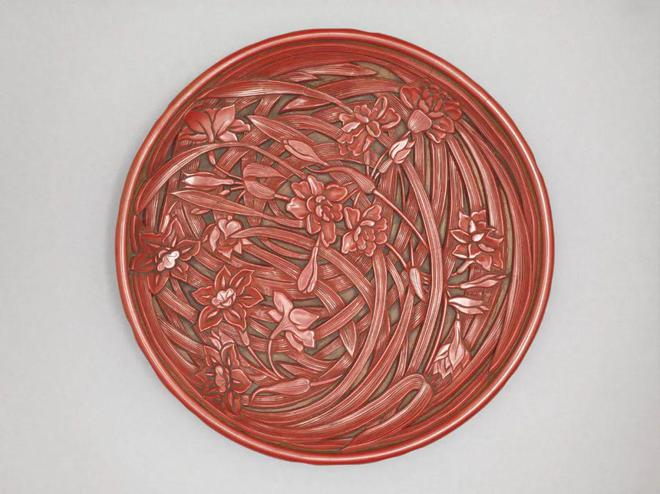
Qianlong color glass spiral pattern skimming mouth, Qing Qianlong Qinglong

Palace Museum
Zhu Bishan style, Zhu Bishan, Yuan (1345)
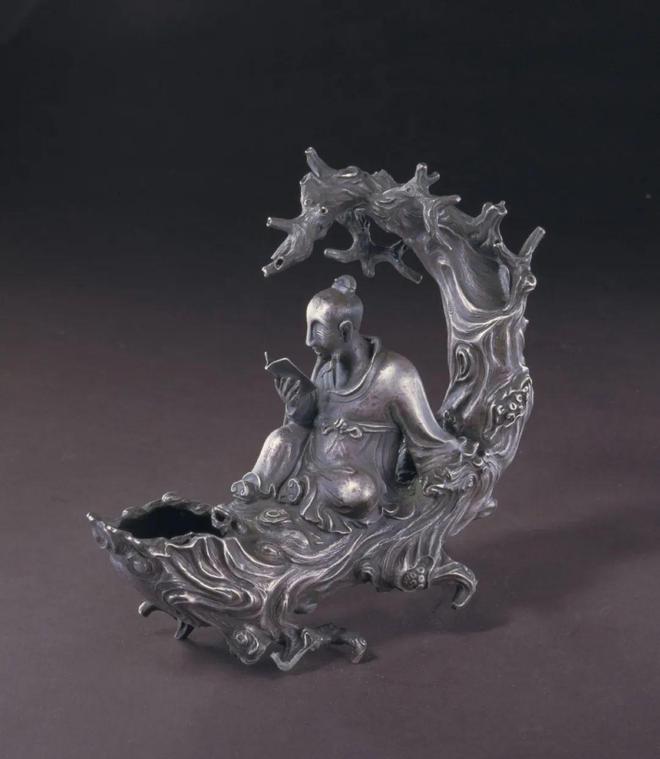
Palace Museum
"槎" is the raft. In the form of a drinking tool, it may be the first of the Yuan Dynasty silver artists Zhu Bishan. There are only four in this world.
The 6th exhibition hall is rewarding together: crossing the history of collection in Hong Kong
Hong Kong as an important trade transit station for China and the world,
This exhibition hall reviews the local collection history of Hong Kong,
Ready in Hong Kong more than a century of collection activities.
Dragon pattern beam of crown, Ming, 15th to 17th centuries
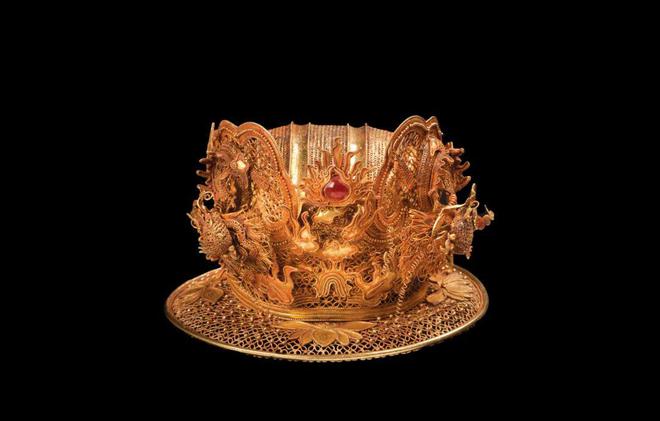
Mengdie Xuan Hui Gift
物 © © © © © © ©
Can, Spring and Autumn (770–476 BC)
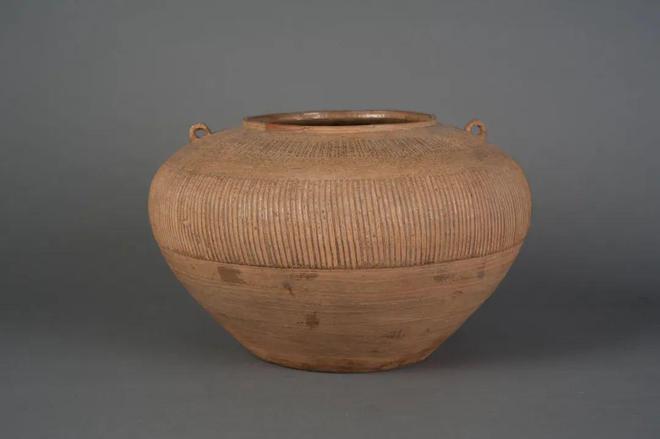
Geya Gift
One pair of the top box cabinet of the Romance of the Three Kingdoms, in the late Ming and early Qing dynasties
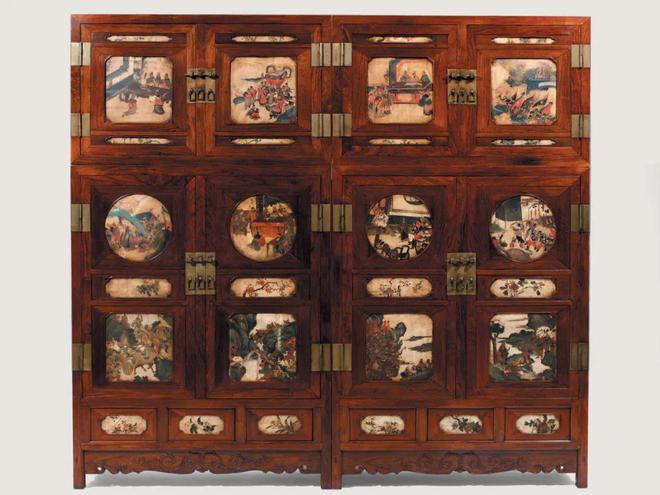
No. 7 exhibition hall ancient and modern unbound
This exhibition hall invited six Hong Kong multimedia and cross -border artists,
From a unique perspective, from the current perspective of Hong Kong
Re -interpret and interpret the culture and collection of the Forbidden City.
"Qing", Liang Jijue

The inspiration of "Qing" comes from the palace instrument "Golden Bell" and "Jade" exhibited in the Forbidden City of Hong Kong. The structure of the work comes from the festival fireworks show in Hong Kong. This event.
"Bell of Mingming", Chen Jiajun
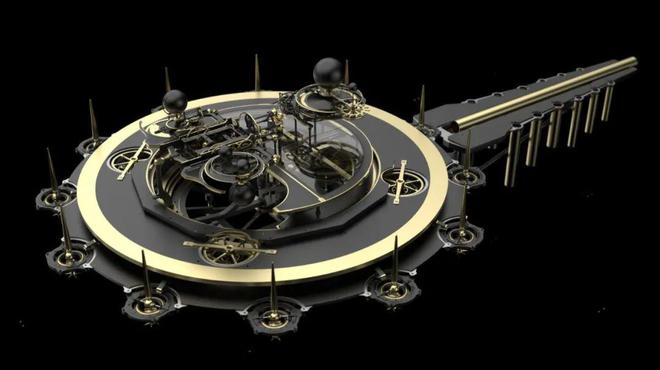
Inspired by the mechanical clock of the Qing Palace, which is displayed. The artist believes that there are established rules in all things in the world. This work uses modern mechanical design to respond to traditional mechanical design, and at the same time interprets the two relative time of rules and chaos.
"Langshu", Zhang Hanqian
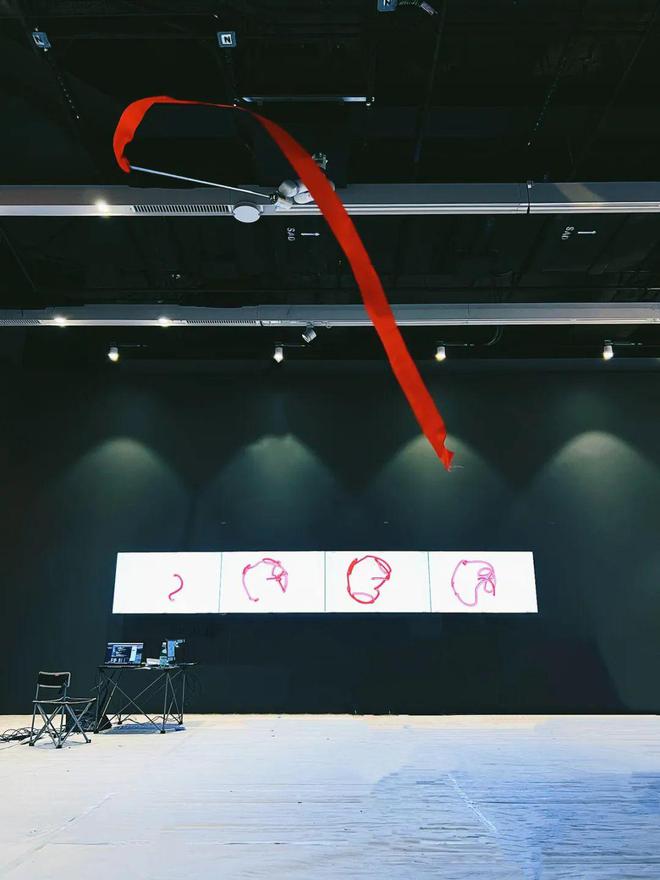
"Langshu" is a dynamic calligraphy device, driven by an artificial intelligence engine, analyzes the characteristics of calligraphy after analyzing the title of calligraphy, simulates the hand movement of calligraphers, reproduces the process of the stroke, and allows the audience to feel the rhythm and strength of writing.
No. 9 exhibition hall galloping the world: Ma Cultural Art
In this exhibition hall, there are 111 selected 111 pieces
The Palace Museum Tibetan Horse Culture and Art Treasure,
There are also 13 collections from the theme of horses from the Louvre of France.
"Lion Jade", Lang Shining, eight years of Qianlong in the Qing Dynasty (1743)
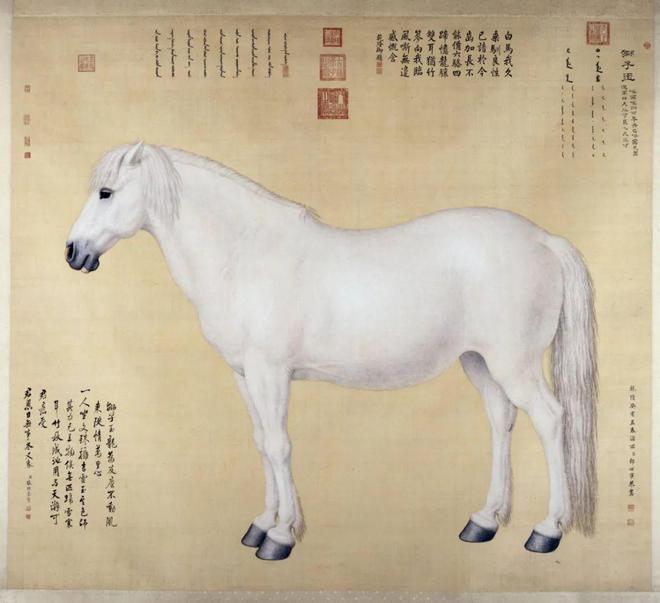
Palace Museum
"Riding Map", Zhao Mengfu, Yuan Chengzong
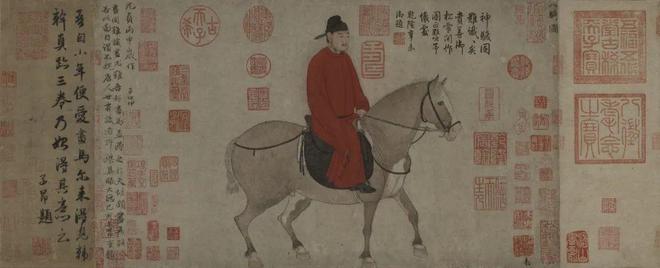
Palace Museum
The head of the horse, or unearthed in Cerman, southeast Iranian

Sasan dynasty, the fourth century, the Louvre Museum
G 2008 RMN-GRAND PAAIS (Musée du Louvre)
/FRANCK RAUX
Human bell, Stephen Limbore (active in 1744–1788)
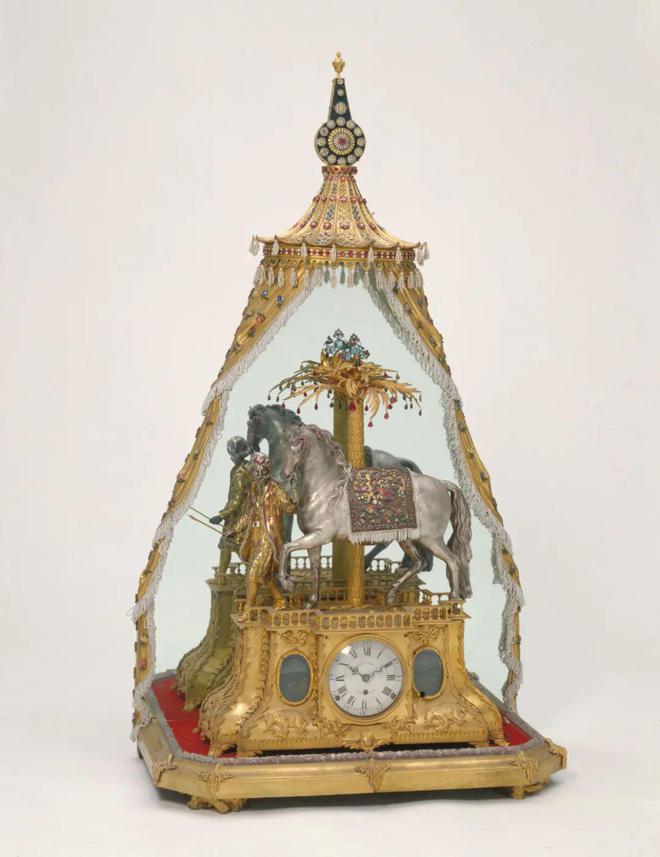
Palace Museum
San Royal Dragon Turquoise Map Round Painting
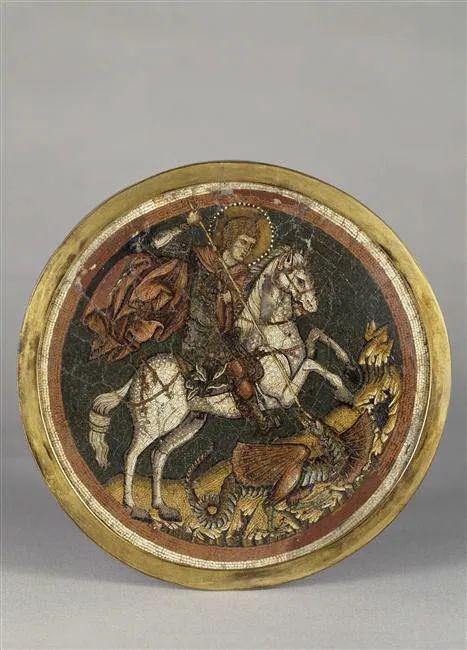
Byzantine Empire Palestone dynasty, about 1300-1350 Louvre Museum
G 2008 RMN-GRAND PAAIS (Musée du Louvre)
/FRANCK RAUX
One: In the face of architectural disputes, can you interpret our design highlights for us?
The entire museum covers an area of 130,000 square meters, and the building is only 30,000 square meters. It is not too large compared to the Mainland museum, but it is enough in the relatively small cities in Hong Kong.

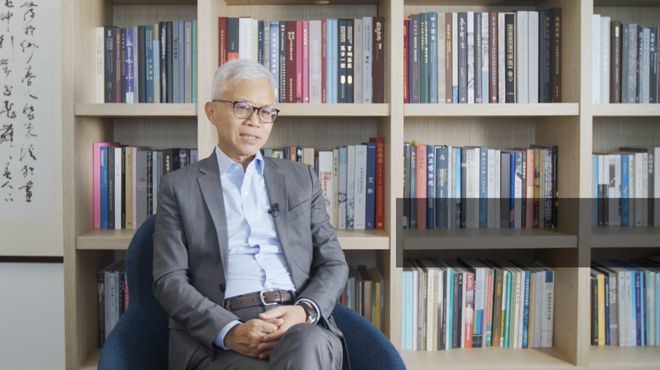
This museum was built upwards, with a total of 7 floors. It is made by Mr. Yan Xunqi, a local architect in Hong Kong. Yan Xunqi has a great experience in the design of the museum. The Guangdong Museum and the Yunnan Provincial Museum are modern style buildings created by traditional culture.
This time, in order to build the Hong Kong Forbidden City, he visited the Forbidden City of Beijing five times, hoping to establish association between the two. At first I participated in this project and talked to him. What kind of Forbidden City should we build in Hong Kong?
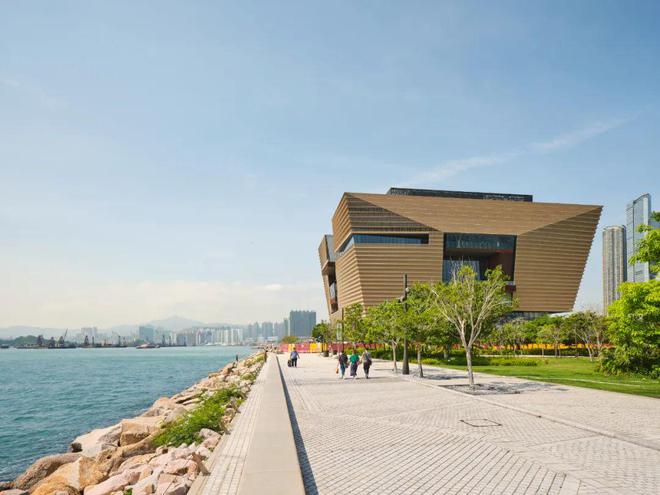
The Forbidden City of Beijing is a cultural heritage, and then the Taipei Palace Museum was completed in 1965, and the style is closer to the palace. We feel that we should have our own architectural characteristics, which can reflect the characteristics of the integration of Chinese and Western culture in Hong Kong.
Therefore, its industrial style is relatively heavy, of course, there are some local elements in Hong Kong. The overall is tilted, and the upper and lower are small, so its sound can be surrounded, and the air flow is better. It is a great advantage for preserving the collection.
Its most important concept is the concept of the central axis of the Forbidden City, putting the concept of plane into a three -dimensional building.

There are three large atriums that connect the entire pavilion space, just like the Taihe Gate and Taihe Hall, all the way up. After reading a exhibition hall, to the atrium, and then to the next exhibition hall. The three atriums are connected to the outdoor space. The first atrium is east, and the city landscape can be seen; the second atrium goes south to see the entire Hong Kong Island; island.

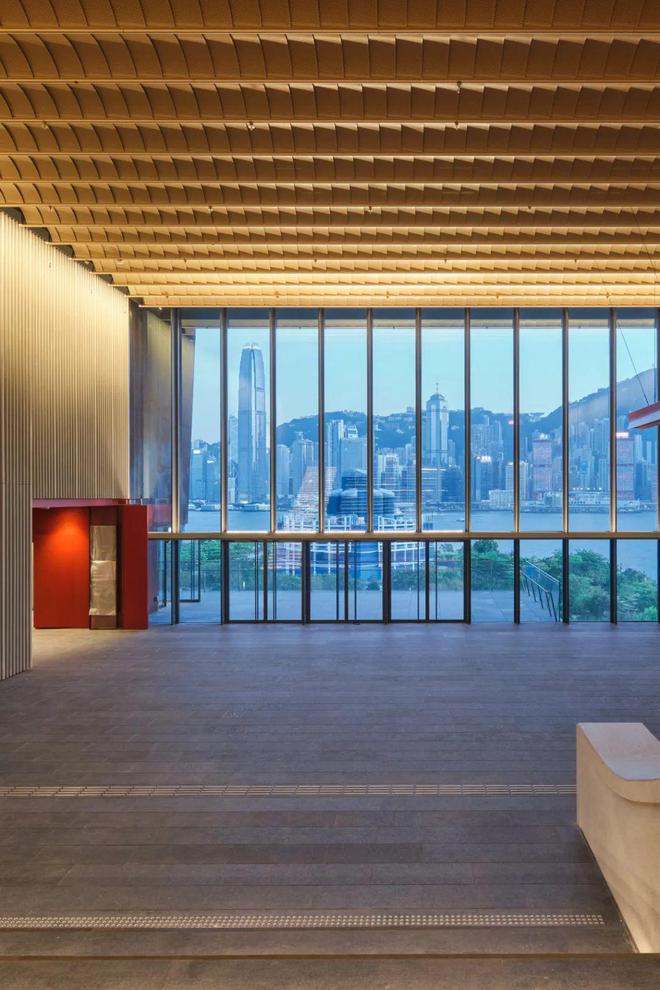
In addition, everyone talks about the most shapes. In fact, it is not designed by rumors.
The gate refers to the doors with nail holes in the Forbidden City, mainly gold and vermilion. In order to show the traces of the time accumulation of the Palace Museum in Beijing for hundreds of years, Yan Xunqi also specifically chose "weather -resistant steel" as the material of the wall, which will naturally oxidize over time, which is similar to being an old old. the concept of.


It may feel relatively new in it. The smallpox is made of aluminum. Referring to the shape of the Liuli tiles of the Forbidden City, it becomes a dynamic smallpox. It seems that the feeling of the bead chain on the clothes is very beautiful in the atrium after the sky light comes in.
This is not a purely satisfying building.
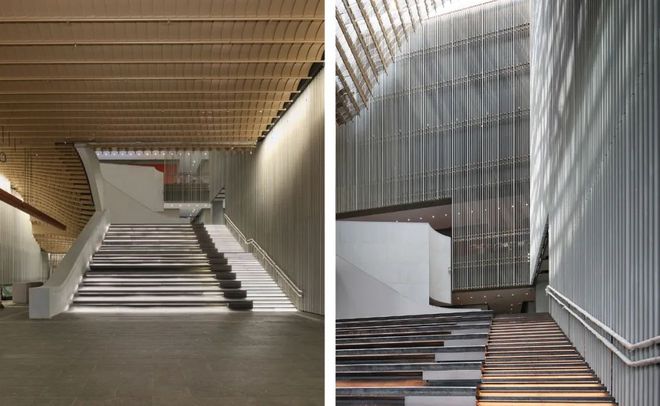
This is a place to display cultural relics. The function is even more important. It provides a comfortable environment. It is enough to cooperate to appreciate the cultural relics. Because there are many famous museums looking for a well -known architect, the architecture itself is artwork, which is restricted to placing cultural relics exhibits.
The Forbidden City cultural relics have great requirements for light, so it also limits the use of natural light in architecture.
One: How difficult is the transportation process of more than 900 cultural relics?
This is the first time that after the establishment of the Palace Museum in 1925, so many cultural relics are transported out of the exhibition, and it is indeed that our pressure is very great. The entire transportation process was almost two months, and the impact of the epidemic also brought a lot of difficulties, and every day was busy. Originally, I hope to be a gift on the 25th anniversary of the return of Hong Kong. It is very lucky to be able to open the museum on time and smoothly.
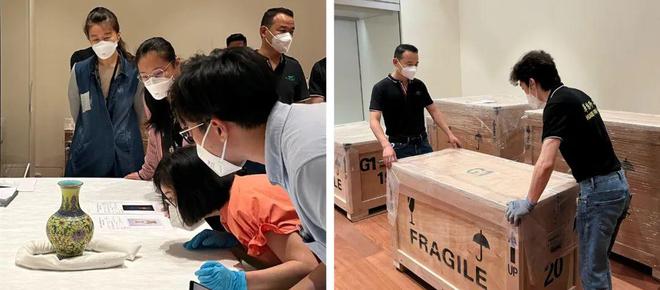
The insurance premiums of these exhibits may be the most expensive in the world. No insurance company in the world dares to independently undertake this sky -high policy, and can only gather multiple companies to jointly underwriting.
More than 200 showcases are also global bidding. In the end, they were handed over to an Italian company. The British Museum, Metropolitan Museum and the Show Cabinet of the Louvre were all made by them. This time, they specially produced exhibition cabinets for the cultural relics of the Forbidden City of Hong Kong. They did not reflect and high transparency, and also provided very high standards for the protection of cultural relics.
One: In addition to the exhibition space, is there any multi -functional place for viewers to use? Is it just the "attachment" of the Forbidden City of Beijing?
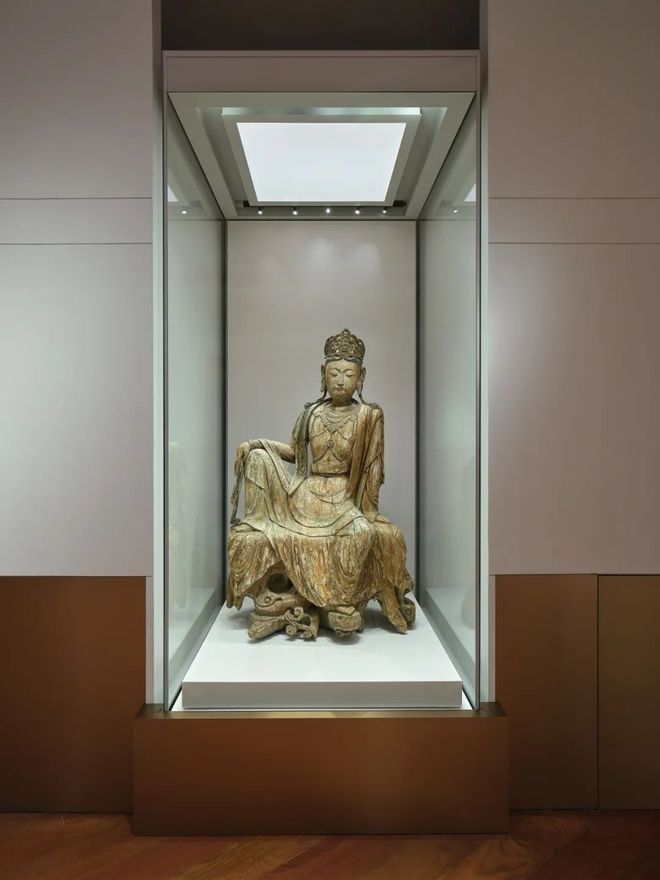
In addition to the 8,000 -square -meter exhibition hall, there is also a large space called the Palace Museum, which is a 1600 square meter education center. In addition, there is a lecture hall with 400 seats, which is the largest in all museums in Hong Kong.

I believe that many viewers may accompany their family, wives, and husbands to see the cultural relics. They are not so interested in the traditional artistic form, but we also hope that he can have a novel experience and be interested in the cultural relics of the Forbidden City. For example, in the Forbidden City School, there will be some activities about "cultural relics repair", which is very close to the people's lives. In recent years, we have also discovered that everyone hopes to participate in cultural relics repair experience in recent years.
Outside the museum, there is a large art park and lawn. In the future, we will plan the Lantern Festival every year to do the Lantern Festival lanterns. I hope that the audience can actively move the brain and move their eyes to participate in the understanding and innovation of cultural relic culture.
The Hong Kong Palace Museum is not the attachment to the Palace Museum in Beijing. Exhibits around the world may rely on this platform.For example, the Louvre collections in the opening exhibition are also worth looking forward to.Next year, we have a cooperation exhibition with the Cartier Foundation, which will design the 20th century women as the theme, so in addition to the theme of the Forbidden City, we will definitely have a dialogue between civilizations in different worlds.It is built in the best place in Hong Kong now. Western Kowloon Cultural District, walking for five minutes is the M+Museum just built last year. It only takes 10 minutes from the high -speed rail station to our museum.In the future, the Greater Bay Area is very convenient to come over in the Mainland.
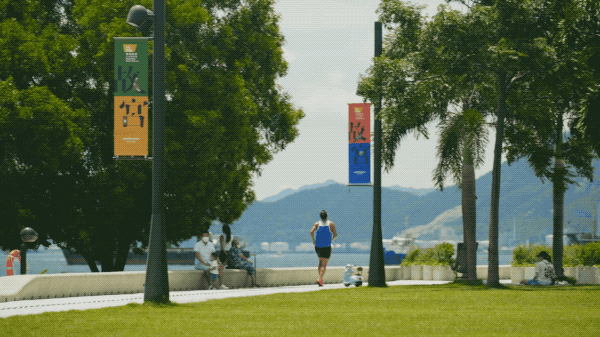
My positioning is a "connection" museum that connects ancient and modern, connected to Hong Kong, the Mainland, and China and foreign countries.
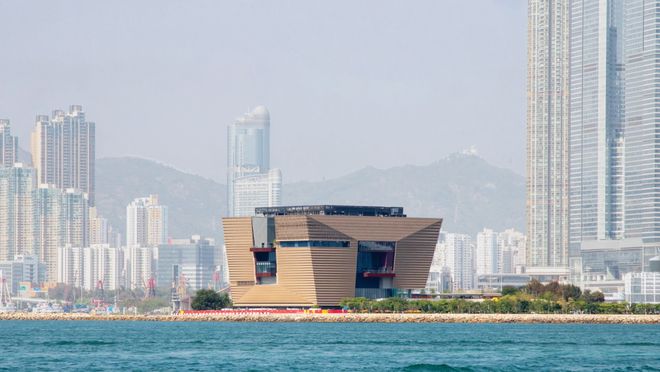
- END -
Listen · North Xinjiang 丨 a letter to my son

▲ Click to listenLooking at the Fengyun of the North Xinjiang, paying attention t...
Yuan Story | Baking "Little Fortunately"
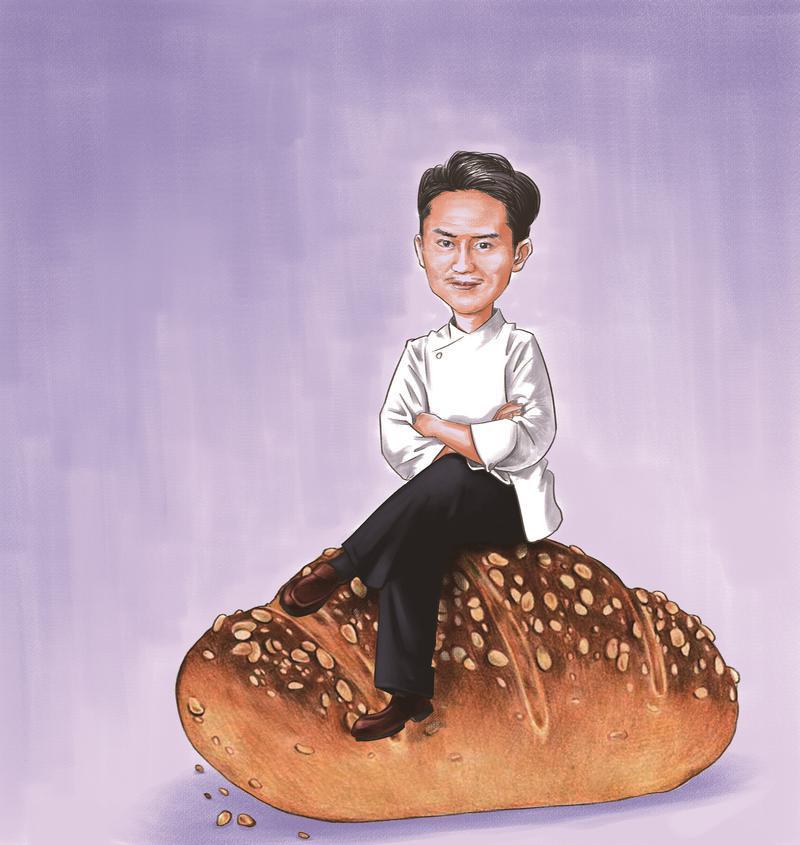
In 2022, Liu Tianting came out.In May this year, he ushered in his 30th birthday i...